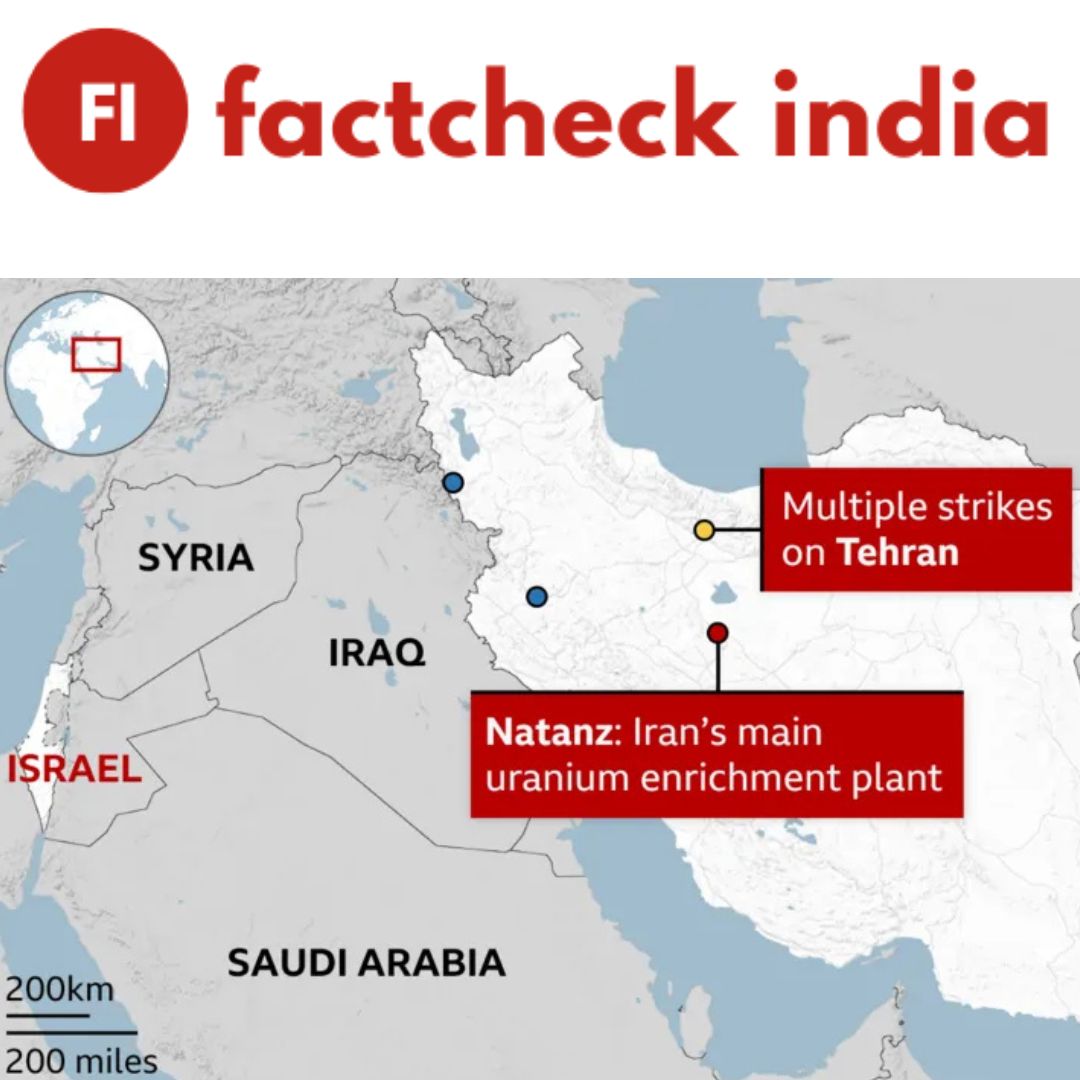What Just Happened?
In a move that could reshape the geopolitical balance of the Middle East, Israel has launched a massive airstrike campaign on Iranian soil, targeting nuclear sites and senior military leaders. The operation—codenamed “Operation Rising Lion”—has already killed high-ranking officials from Iran’s Islamic Revolutionary Guard Corps (IRGC) and several top nuclear scientists.
Iran has described the strikes as a “declaration of war.” The situation remains volatile, with drone attacks, military escalations, and growing fears of a full-scale regional conflict.
Who Were the Main Targets?
Israel’s strikes were not random—they went after the very core of Iran’s nuclear and military power. Among the most prominent individuals killed:
- Hossein Salami – Commander-in-Chief of the IRGC
- Gholamali Rashid – Head of Khatam-al Anbiya Headquarters
- Mohammad Bagheri – Chief of Iran’s Armed Forces
- Amir Ali Hajizadeh – Commander of IRGC Aerospace Force
Nuclear Scientists Killed:
Iranian media and Israeli sources report the deaths of at least six nuclear scientists, including:
- Fereydoon Abbasi – Former head of Iran’s Atomic Energy Organization
- Mohammad Mahdi Tehranchi – Allegedly tied to nuclear weapons development
- Abdulhamid Minouchehr, Ahmad Reza Zolfaghari, and Amirhossein Feqhi – All nuclear engineering professors at Shahid Beheshti University
Ali Shamkhani, a senior adviser to Iran’s Supreme Leader, has reportedly been seriously injured.
Where Did the Attacks Happen?
The first wave of strikes hit Tehran around 3:30 AM local time, with explosions reported in both military and residential areas. Shortly after, the Natanz nuclear facility, Iran’s most prominent uranium enrichment site, was struck. The Israeli Defense Forces (IDF) confirmed “severe structural damage” to the site.
Additional strikes were reported in northeastern provinces, with over 100 military and nuclear targets hit in total.
Iran’s Response: “We Will Open the Gates of Hell”
Iran has not taken the attack lightly. Officials have called it “an act of naked aggression”, promising retaliation:
- Foreign Minister Abbas Araghchi: “A declaration of war.”
- Ayatollah Ali Khamenei: “Israel should anticipate severe punishment.”
- Maj. Gen. Mohammad Pakpour, newly appointed IRGC commander: “We will open the gates of hell.”
In the immediate aftermath, Iran launched about 100 drones toward Israel, most of which were intercepted by Israeli defense systems.
Global Reactions: Shock, Warnings, and Calls for Restraint
- The United States denied any direct involvement but confirmed President Trump was informed beforehand.
- Trump stated: “Iran must make a deal before there is nothing left.”
- Russia’s President Putin condemned the strikes and offered to mediate between Iran and Israel.
- Oman, China, France, and the UK expressed serious concerns and urged both sides to de-escalate.
- The International Atomic Energy Agency (IAEA) warned of “grave consequences” if nuclear facilities remain under attack.
Why Did Israel Strike Now?
The Israeli government argues that Iran was “days away” from developing a nuclear bomb. Though Iran insists its nuclear program is for peaceful purposes, recent IAEA reports tell a different story:
- Iran has enriched uranium to 60% purity and just below weapons-grade.
- It is now in breach of its Non-Proliferation Treaty (NPT) obligations for the first time in 20 years.
- According to Israel, “the window to act was closing.”
Israeli Prime Minister Benjamin Netanyahu declared that this was a preemptive strike to ensure Israel’s survival.
Context: What Is Iran’s Nuclear Program?
Iran maintains that its nuclear program is for civilian energy and medical purposes. However, international skepticism has grown, especially with:
- Undeclared nuclear sites
- Missing fissile materials
- Enriched uranium stockpiles enough for multiple bombs
Diplomatic efforts between Iran and the US have repeatedly stalled, making military confrontation seem, to some, inevitable.
What Comes Next?
As of now, the world watches with bated breath. Iran has promised retaliation. Israel has vowed to continue operations. The region is on the brink of further violence, and with nuclear sites involved, the risks are not just military—but existential.
This is not just a flashpoint. It’s a firestorm in the making.
Summary in 5 Points:
- Israel launched over 100 strikes targeting Iran’s nuclear program and military elite.
- Top IRGC commanders and six nuclear scientists were killed.
- Tehran and Natanz nuclear facility suffered confirmed damage.
- Iran labeled it a “declaration of war” and began retaliatory drone launches.
- Global powers are urging immediate de-escalation to avoid catastrophic fallout.

